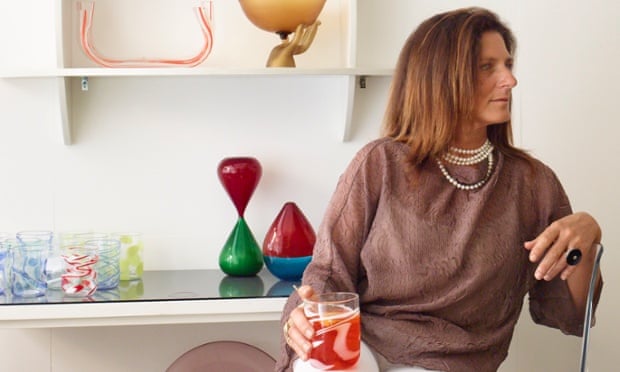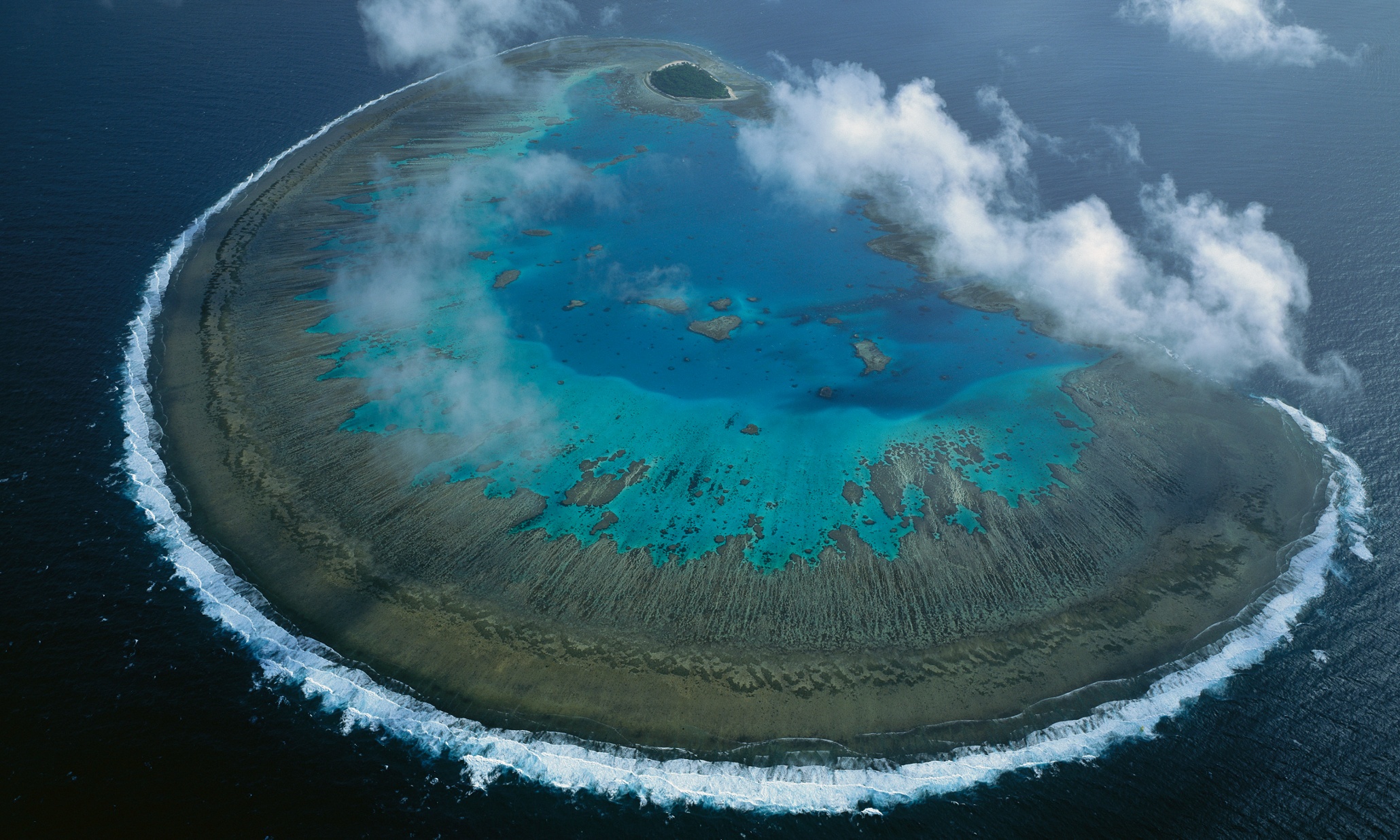This post may contain affiliate links. We may earn money or products from the highlighted keywords or companies or banners mentioned in this post.
Venice in winter is a different city – there are fewer people, you don’t have to queue, the light is amazing, and you get these atmospheric mists. There’s a chance of aqua alta (floods), particularly in November. If it’s mild, you just grab some rubber boots and it subsides after a few hours. Two years ago British people were actually swimming in Piazza San Marco.
There wasn’t mass tourism here when I was growing up. People would come to buy Italian shoes. The huge cruise ships have totally changed the city – many artisan shops have been replaced by ones selling masks made in China. There were 160,000 people living here back then, now there’s only 50,000.
The Republic of Venice was a commercial and political power for centuries. Now Venice is a centre for romance – it was the British artists who created the aura of romanticism. It’s like Noah’s arc – everyone’s in a couple! They put locks on the bridges to symbolise their love – but it cost the city €10,000 to remove them, just from Academia bridge.

Most people only visit for the day and are gone by 7pm. But even when it’s busy, you can dodge the crowds – just a few streets from the Rialto and San Marco you’ll find deserted streets. It’s beautiful around every corner.
One of my favourite areas is Cannaregio, in the north. It’s quiet with pretty churches and little bars. Castello, too, near the Arsenale, is great for wandering. You’ll see real life, people hanging clothes out – and a coffee’s about half the price of elsewhere.
There’s a long tradition of cicheti, or small plates, in Venice, served at bacari or small bars – it’s our version of tapas. People pop in at 10am for a prosecco and little snack.
All’Arco in San Polo is one of the best bacari around. It’s tiny – you can only stand – but the food is fantastic. The grandmother makes sarde in saór – sardines in an onion marinade – in the traditional way, leaving it for four or five days for the flavours to infuse. The baccalà mantecato, a creamy cod, is good too. This is one of the few places where you’ll hear the Venetian dialect spoken. Lots of locals stop by, which is why the food’s so good.
Venetian food is 90% fish and seafood – it comes from the lagoon and Adriatic. Alle Testiere is an amazing, small restaurant, not far from Santa Maria Formosa. Its razor clams are delicious. Bruno, one of the owners, is also the chef. His kitchen is so tiny he can hardly turn round, but his food is amazing. Antiche Carampane – which means “old tarts” (it’s in an area prostitutes used to retire to) does fantastic seafood too.
You have to drink a spritz in Venice. When the Austrians invaded they brought spritzer – white wine and soda. But the Venetians decided it didn’t taste like much so added a third ingredient – either Aperol or Campari… Now it’s everywhere!

Photograph: DIETER ENDLICHER/AP
If you want a good view of the city, instead of queueing for hours to climb the campanile of San Marco, go across to the island of San Giorgio. There’s a campanile with fantastic views and there’s hardly ever anyone there.
It’s worth hiring a good guide – I often use Cristina Beltrami: she’s a wealth of information and anecdotes. There’s always so much more to learn about the city.
I love the Punta della Dogana museum. A French billionaire spent €26m redoing it, he used Tadao Ando, an amazing Japanese architect. The Secret Tour of the Doges Palace – not the standard one – is great too. You discover hidden passages and the jail where Casanova was imprisoned.
The Republic of Venice was a commercial and political power for centuries. Now Venice is a centre for romance – it was the British artists who created the aura of romanticism. It’s like Noah’s arc – everyone’s in a couple! They put locks on the bridges to symbolise their love – but it cost the city 10,000 euros to remove them, just from Academia bridge.Venice is an unusual city in that everywhere you turn it’s beautiful. Many cities in Italy have lovely historic centres, but beyond that it’s horrible, no urban planning.
• Enrica Rocca’s latest book, Venice on a Plate … But What a Plate!, is out now (£29.95, Marsilio). To order a copy for £25.46 including UK p&p, call 0330 333 6846 or visit bookshop.theguardian.co.uk. For Enrica’s cookery school see enricarocca.com
Powered by WPeMatico











